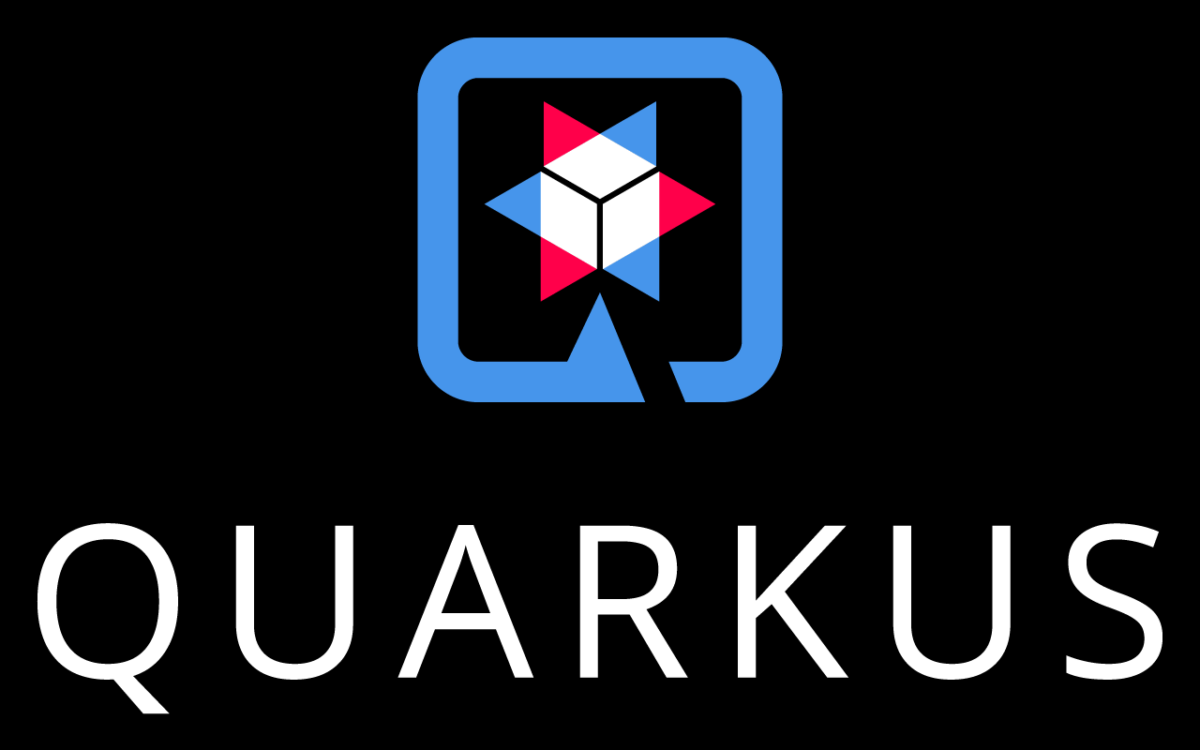
How to use Kafka with Quarkus?
 Natan Ferreira
Natan Ferreira- 0
- 35
Apache Kafka is one of the most popular solutions for large-scale distributed event streaming. Its ability to handle high volumes of messages makes it ideal for event-driven architectures. In this post, you’ll learn how to use Kafka with Quarkus, a modern framework for cloud-native Java applications.
Best of all: Quarkus’ Kafka support also works with services like Azure Event Hub, making it even more flexible for enterprise environments.
What is Kafka?
Kafka is a distributed messaging platform based on the publish-subscribe model. In short:
- Publisher: produces (sends) messages to a topic.
- Subscriber: consumes (reads) messages from these topics.
Messages are stored in the queue until they are read. This ensures reliability and decouples producers from consumers.
Hands on

Kafka needs to be running, and in a previous post I explained how to do that using Docker. If you’re unsure, I recommend checking out the following post:
Adding the Dependency to Quarkus
In your pom.xml, add the following dependency for Kafka:
<dependency>
<groupId>io.quarkus</groupId>
<artifactId>quarkus-messaging-kafka</artifactId>
</dependency>Configuring application.properties
Here’s an example configuration:
# Kafka bootstrap
kafka.bootstrap.servers=localhost:9092
# Producer
mp.messaging.outgoing.my-topic-out.connector=smallrye-kafka
mp.messaging.outgoing.my-topic-out.topic=my-topic
mp.messaging.outgoing.my-topic-out.value.serializer=org.apache.kafka.common.serialization.StringSerializer
# Consumer
mp.messaging.incoming.my-topic-in.connector=smallrye-kafka
mp.messaging.incoming.my-topic-in.topic=my-topic
mp.messaging.incoming.my-topic-in.value.deserializer=org.apache.kafka.common.serialization.StringDeserializer
In addition to specifying the Kafka host and port, we also define settings for the producer, which emits messages, and the consumer, which reads them.
outgoingdefines the producer.incomingdefines the consumer.my-topicis the Kafka topic name.- Using
StringSerializeris handy for sending simple strings, JSON, or UUIDs.
With these configurations in place, we can proceed.
import jakarta.enterprise.context.ApplicationScoped;
import org.eclipse.microprofile.reactive.messaging.Channel;
import org.eclipse.microprofile.reactive.messaging.Emitter;
@ApplicationScoped
public class KafkaProducerService {
@Channel("my-topic-out")
Emitter<String> emitter;
public void sendMessage(String message) {
emitter.send(message);
}
}
@ApplicationScoped is used to declare a Bean in Quarkus.
@Channel("my-topic-out") specifies the name of the topic — matching the producer property configuration. We use this along with an Emitter<String> to send messages. Calling the send() method allows us to produce and send messages to Kafka.
import jakarta.enterprise.context.ApplicationScoped;
import org.eclipse.microprofile.reactive.messaging.Incoming;
@ApplicationScoped
public class KafkaConsumerService {
@Incoming("my-topic-in")
public void consumer(String message) {
System.out.println("Received message: " + message);
}
}
@Incoming("my-topic-in") is used to define the consumer. The value provided in the annotation must match the one in the properties file.
This is the basic setup required to get it working. There are also advanced configuration options available to further optimize performance, for example.
Conclusion
Integrating Kafka with Quarkus is surprisingly straightforward. With just a few lines of configuration and code, you can enable robust, efficient, and scalable asynchronous communication. This approach is ideal for modern architectures built around microservices and events. Plus, extended support for Azure Event Hub offers added flexibility for enterprise applications.
By mastering this integration, you’ll be well-equipped to build resilient, decoupled, and high-performance applications.
Author
-

I am a seasoned Full Stack Software Developer with 8+ years of experience, including 6+ years specializing in Java with Spring and Quarkus. My core expertise lies in developing robust RESTful APIs integrated with Cosmos Db, MySQL, and cloud platforms like Azure and AWS. I have extensive experience designing and implementing microservices architectures, ensuring performance and reliability for high-traffic systems. In addition to backend development, I have experience with Angular to build user-friendly interfaces, leveraging my postgraduate degree in frontend web development to deliver seamless and responsive user experiences. My dedication to clean and secure code led me to present best practices to my company and clients, using tools like Sonar to ensure code quality and security. I am a critical thinker, problem solver, and team player, thriving in collaborative environments while tackling complex challenges. Beyond development, I share knowledge through my blog, NatanCode, where I write about Java, Spring, Quarkus, databases, and frontend development. My passion for learning and delivering innovative solutions drives me to excel in every project I undertake.
